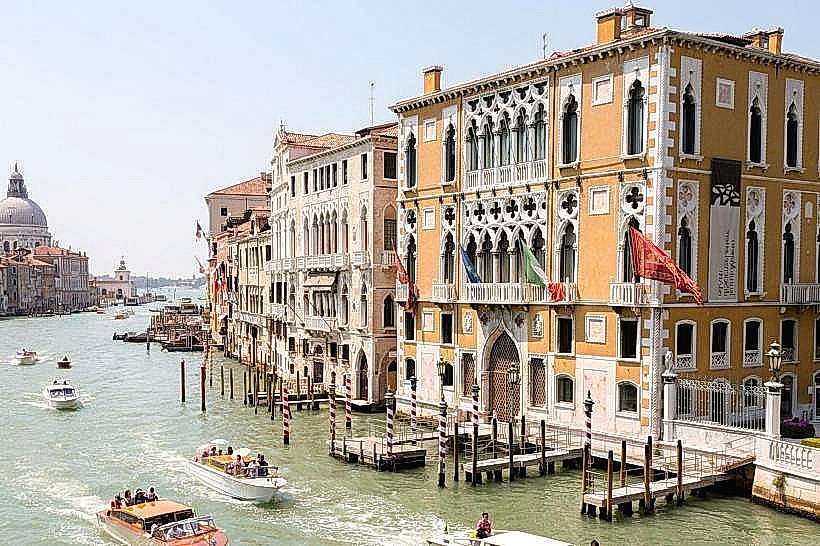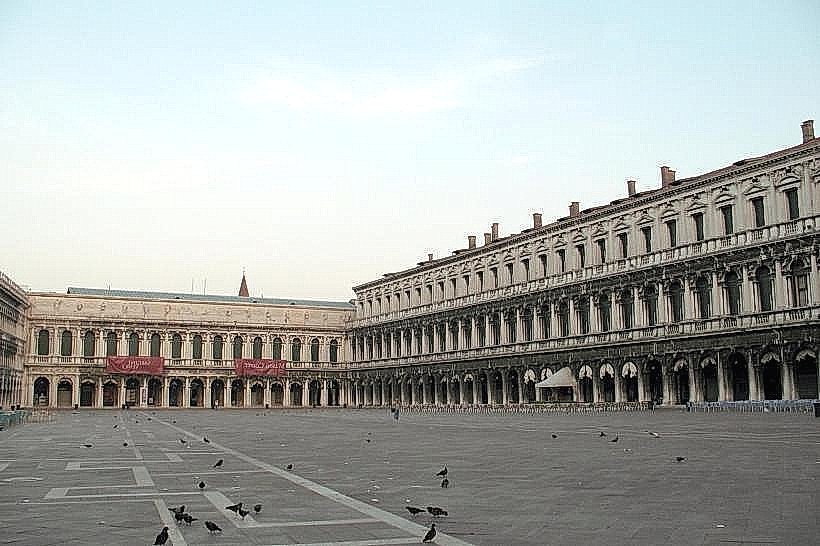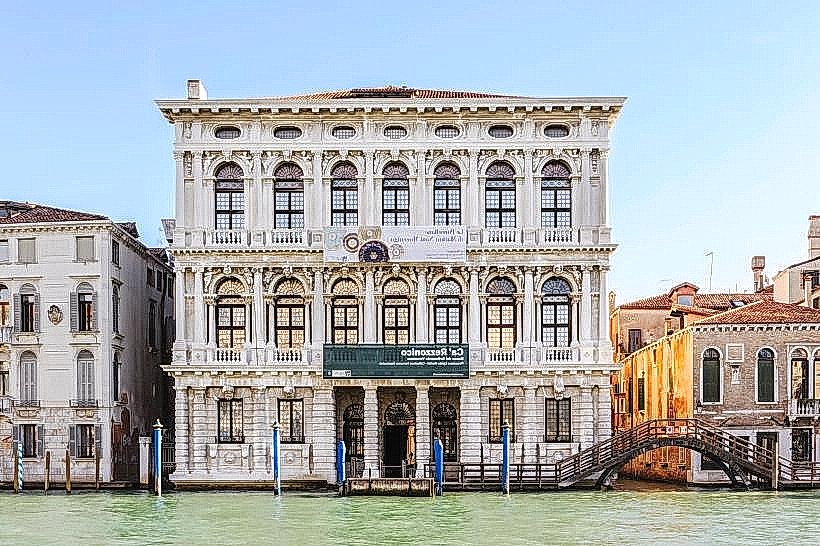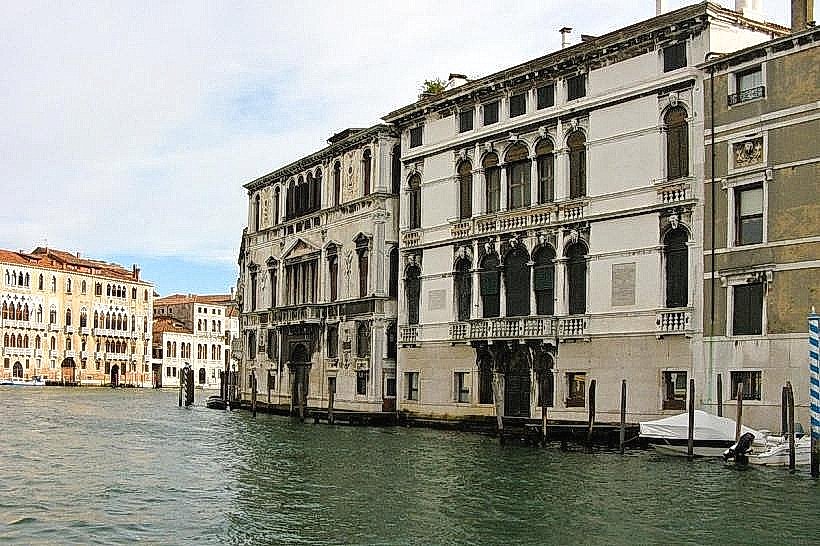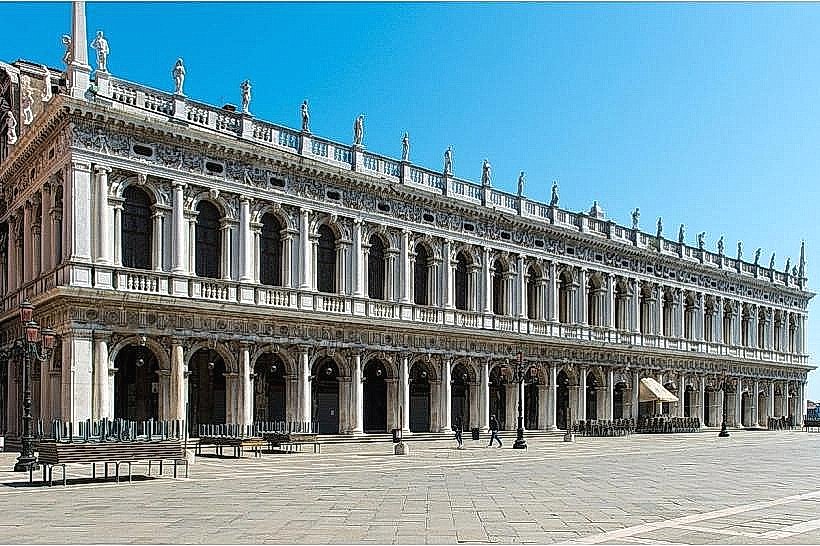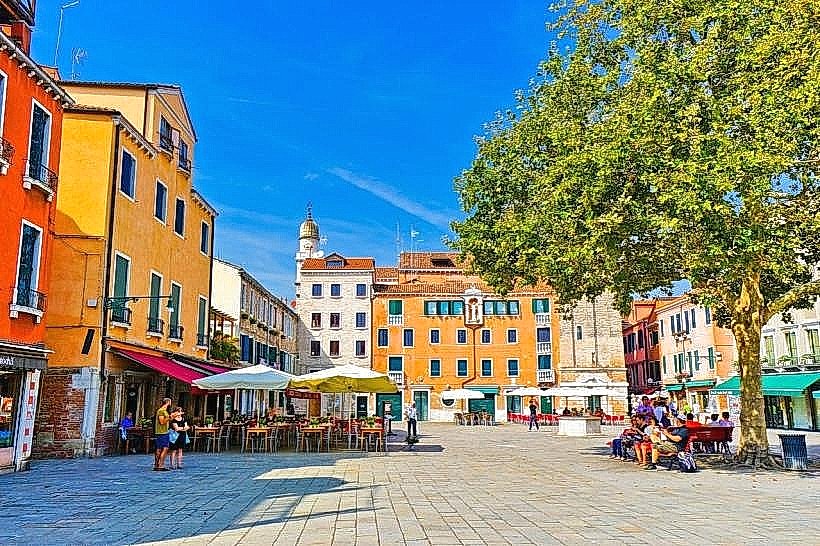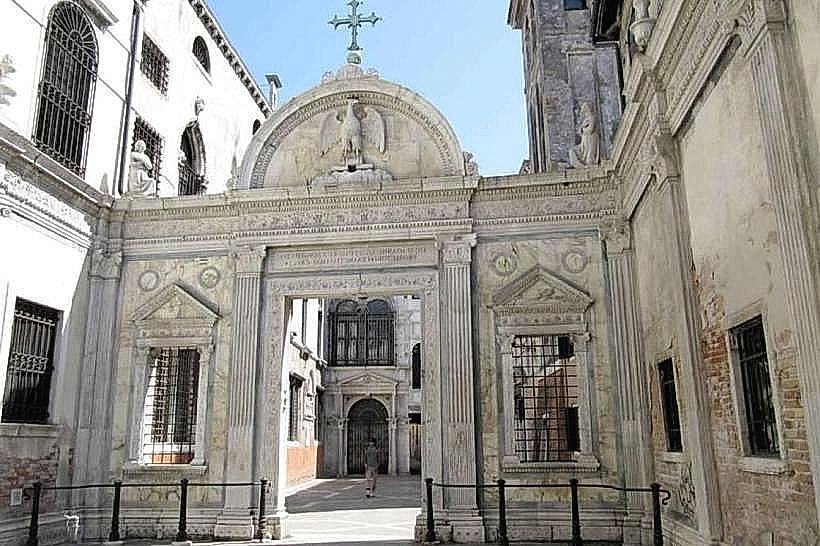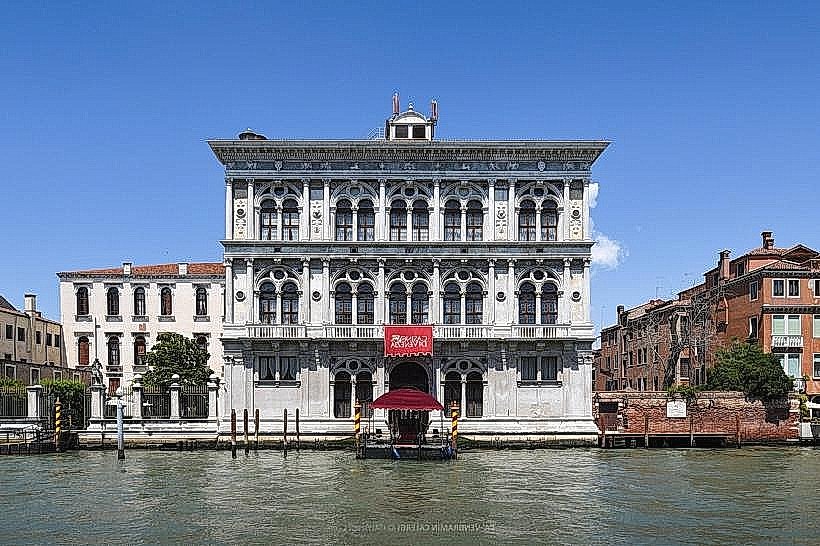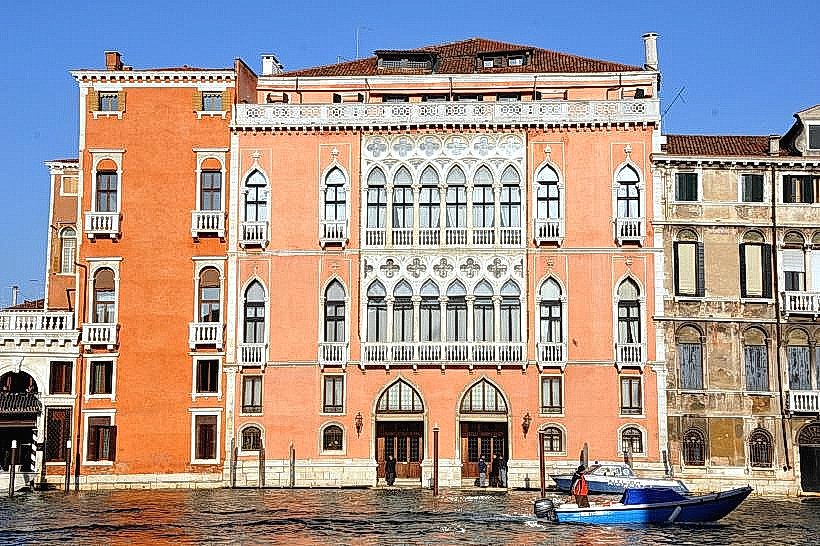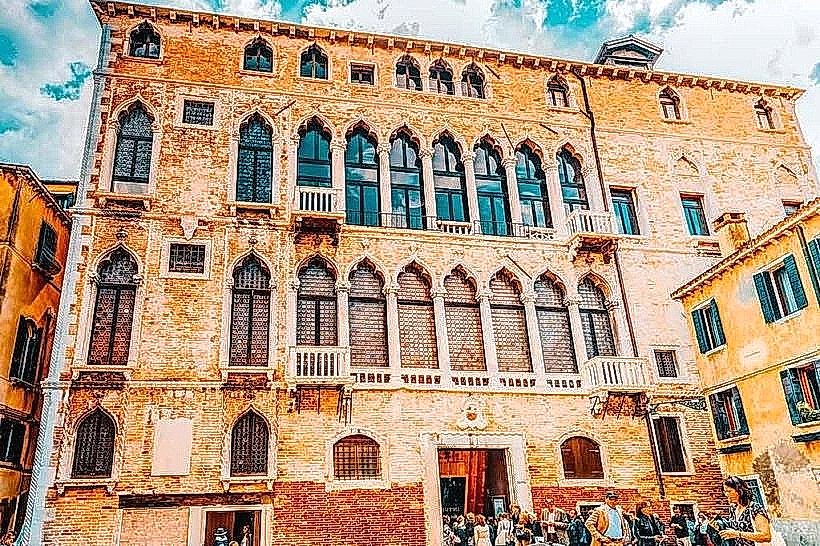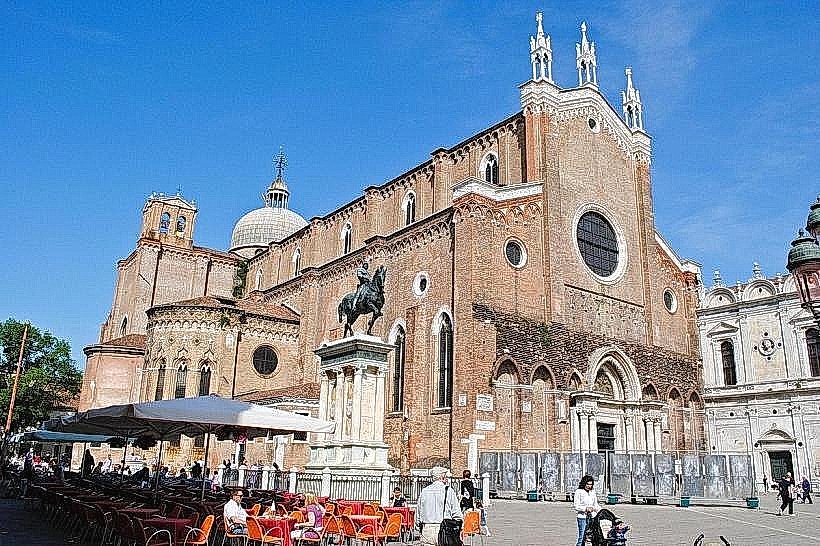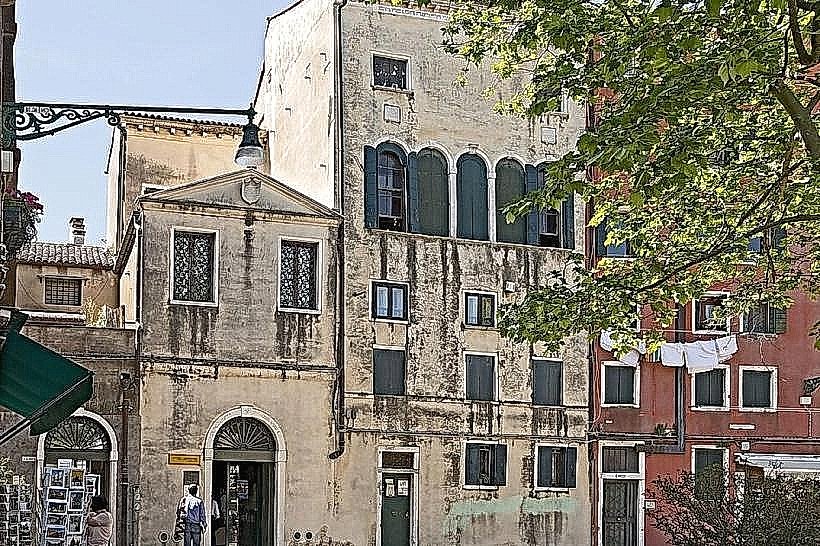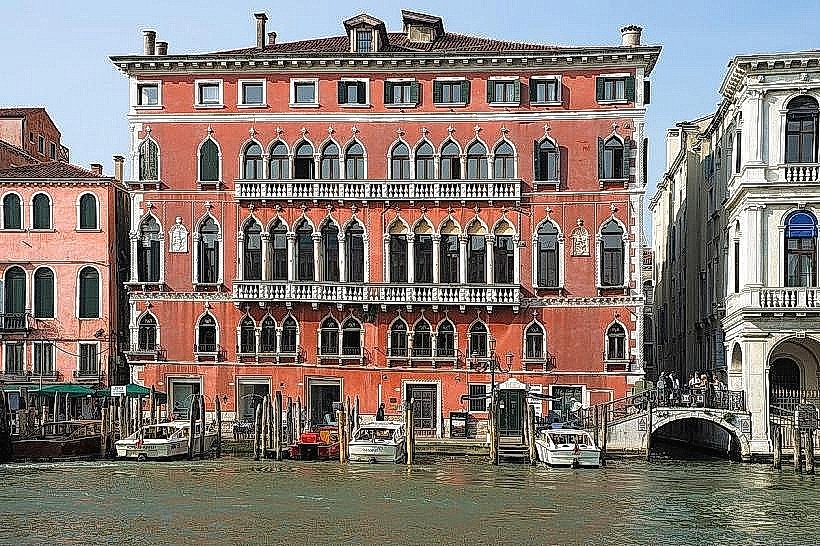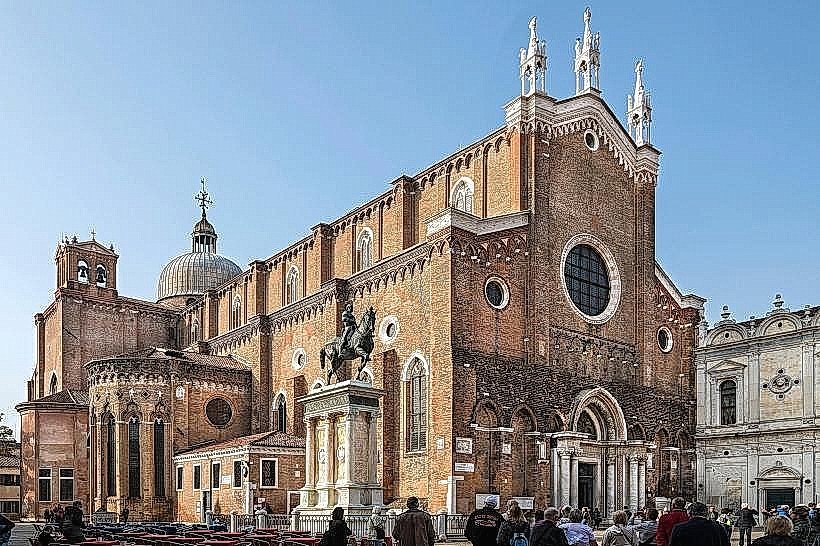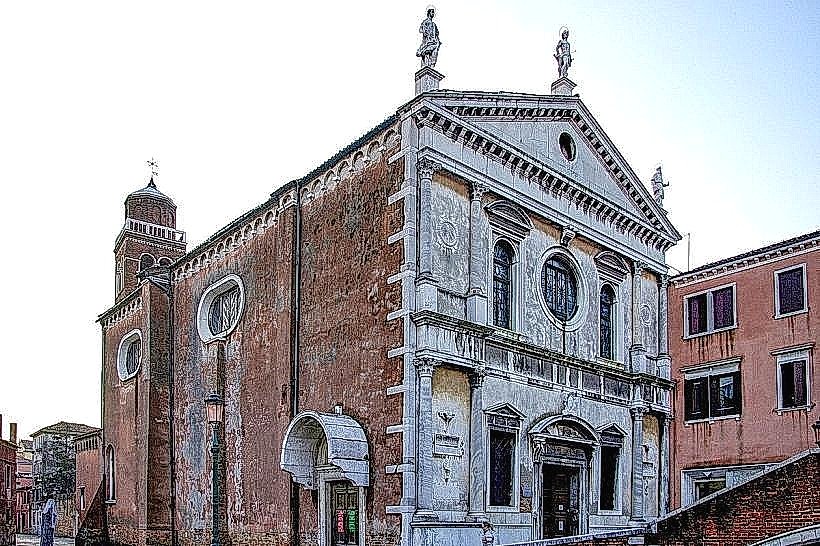Information
Landmark: Chiesa di San Giorgio dei GreciCity: Venice
Country: Italy
Continent: Europe
Chiesa di San Giorgio dei Greci, Venice, Italy, Europe
Overview
Tucked away in Venice’s Castello district, beside a calm canal and a few steps from the busy tourist lanes, Chiesa di San Giorgio dei Greci rises as one of the city’s most treasured monuments to its Greek Orthodox community, at the same time its centuries‑ancient stories, graceful arches, and shimmering mosaics create a one‑of‑a‑kind mix of faith, culture, and Venetian brilliance.The church was built in the early 1500s at the request of Venice’s Greek community, whose numbers kept rising as the city thrived as a busy crossroads of Eastern spices and Western merchants, as a result the Greek community had lived in Venice for generations, yet the Venetian Republic at first refused to let them build their own church-its doors would stay only in their dreams for years.After long, drawn-out talks, they finally got permission, and by 1539 the first stones were going up, to boot finished in 1573, the building stood as the result of decades of work and tense bargaining-stone by stone, plan by plan.The bell tower, a striking landmark that tilts a little on Venice’s soft ground like it’s catching a breeze, was built near the century’s end, simultaneously for centuries, the church has stood at the heart of Venice’s Greek community, where voices echo in worship, laughter rises at festivals, and candles mark each rite of passage.The church’s exterior feels quietly elegant, its pale stone and balanced arches blending Venetian Renaissance grace with early Baroque touches shaped by Orthodox tradition, subsequently its plain brick façade feels modest beside Venice’s ornate Gothic and Baroque churches, yet the little square before it-Campo San Giorgio dei Greci-welcomes you with quiet charm, hemmed in by slim alleys and still, glassy canals.The bell tower tilts slightly, making the church’s outline stand out against the sky, therefore its slight lean gives it personality, a quiet reminder of the tough work it takes to raise solid walls on Venice’s shifting lagoon mud.Though the church looks plain from the outside, it carries a quiet dignity, balanced lines, and the steady heartbeat of Venice’s Greek Orthodox community, furthermore inside, the church features the classic Greek Orthodox layout-a single nave cut by the tall iconostasis, its painted icons forming a glowing screen between the worshippers and the quiet sanctuary beyond, almost The iconostasis gleams with gold and delicate carvings, its panels covered in icons of Christ, the Virgin Mary, and the saints-a radiant centerpiece that draws every eye and quiets the room for prayer, and tall, narrow windows pour soft daylight across the wooden pews, catching the marble floor and gleaming surfaces until the whole nave feels quietly serene.A barrel‑vaulted ceiling stretches overhead, amplifying both the spacious hush and faint echo of the church, as intricate carvings weave Venetian artistry with the luminous golds of Eastern Orthodox icons, along with at Artistic Treasures San Giorgio dei Greci, visitors come for its celebrated collection of icons and sacred art blending local style with Eastern Mediterranean heritage; at its heart stands Michele Damaskinos’s Iconostasis, glowing with deep reds and gold leaf that bring scenes of saints and scripture vividly to life.Damaskinos blends the flat, symbolic grace of Byzantine art with a quiet depth and the warm, luminous touch of Venice, alternatively christ Pantocrator Icon: Painted in the 14th century and brought from Constantinople, it captures the deep spiritual and artistic ties between Venice and the sunlit shores of the Eastern Mediterranean.Just so you know, Later additions brought vibrant frescoes and sculpted details by Venetian artists, their colors and carvings weaving a lively conversation between the Orthodox interior and the city’s own artistic rhythm, to boot the church still hums with life, welcoming Greek Orthodox worshippers in Venice and standing as the cathedral for the Orthodox Archdiocese of Italy and Malta.As far as I can tell, Its presence underscores Venice’s long history as a meeting point of cultures, where Eastern Orthodox and Western Catholic traditions rubbed shoulders-sometimes uneasily, yet often trading ideas like voices echoing over the Grand Canal, moreover beyond its religious role, the church stands as a cultural landmark, echoing centuries of Greek heritage, bustling Venetian trade with the Eastern Mediterranean, and the graceful blend of artistic styles etched into its worn stone walls.It’s a living proof of resilience and adaptation, where different identities meet and shift like reflections on Venice’s rippling canals, at the same time as you wander through Cannaregio’s narrow, hushed alleys, the church slowly appears-its bell tower tilts above a slight, sun‑dappled campo where the sound of footsteps echoes softly.Inside, icons glimmer softly while polished choir stalls catch the muted light, and together they shape a quiet, contemplative hush, simultaneously smaller than Venice’s grand basilicas, the chapel’s scale draws you in, inviting a hush and a moment to simply take in the light on the stone walls.Please dress modestly and keep quiet during services-the scent of incense still drifts through this living region of worship, in addition even when no service fills the air, the church still breathes timeless devotion, its carved wood and worn relics glowing softly where sunlight drifts through stained glass, maybe Legacy Chiesa di San Giorgio dei Greci isn’t just a church; it’s a living archive where Venetian and Greek history echo through worn marble floors and faint traces of incense, moreover its arches, mosaics, and steady heartbeat of daily life whisper tales of faith, migration, and artistic fusion-proof of a culture that endures and a Venice felt far beyond its glittering tourist paths.Its charm comes not just from its beauty, but from how it mirrors centuries of exchange-East meeting West, tradition reshaping itself with devotion and skill, like gold leaf catching the light on an classical temple door.
Author: Tourist Landmarks
Date: 2025-11-10

